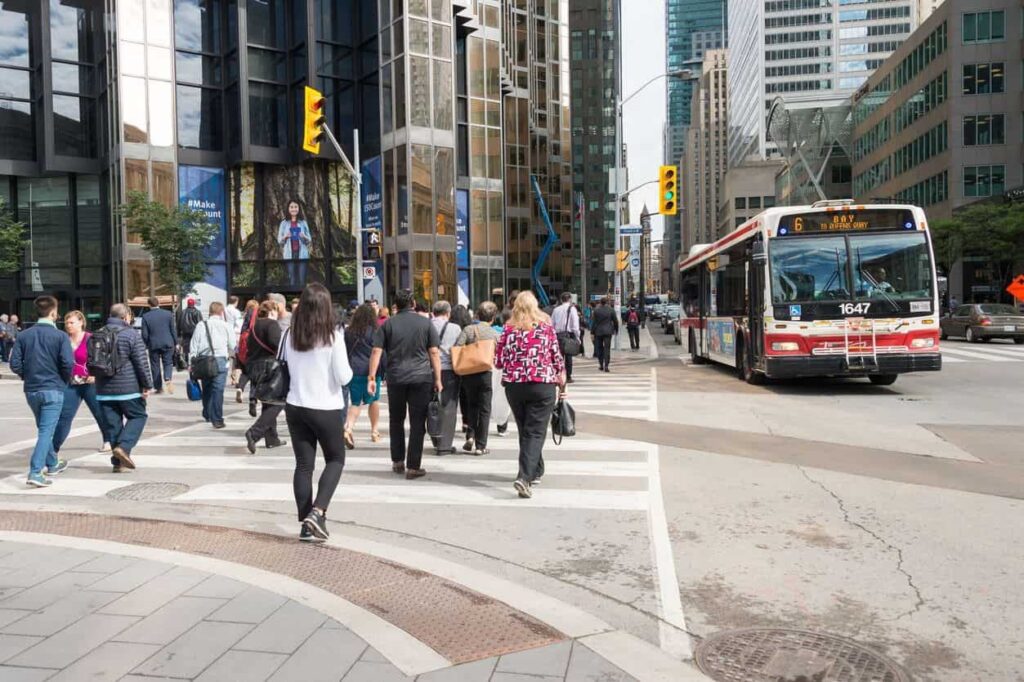As of May 31, there were 802,000 applications in Immigration, Refugees, and Citizenship Canada (IRCC)’s backlog.
Considering that there were 760,200 applications that remained in the backlog towards the end of April, this shows an increase of 5.5%.
Consult with an experienced immigration representative
This is the first time there has been a surge in the number of applications in the backlog since the end of October 2024.
The table below shows the backlog figures for the last six months.
| Month | Immigration backlog | Change relative to preceding month |
| December, 2024 | 942,300 | -6.38% |
| January, 2025 | 891,100 | -5.33% |
| February, 2025 | 821,200 | -7.95% |
| March, 2025 | 779,900 | -5.03% |
| April, 2025 | 760,200 | -2.53% |
| May, 2025 | 802,000 | +5.5% |
As per the latest data, the total number of applications in all IRCC inventories is 2,117,800, with 1,315,800 being processed within service standards.
What is a backlog?
IRCC considers an application part of the backlog if it exceeds its published service standards.
The department aims to finalize immigration applications within their published service standards. For example, the immigration department seeks to process Express Entry applications within six months, whereas family sponsorship applications have a service standard of 12 months.
When an application isn’t finalized within these service standards, it is classified as part of the backlog.
IRCC says it is committed to processing 80% of the applications submitted within its service standards. Applications that are more complex, and require additional documentation, may exceed the service standards.
Permanent Resident applications
As of April 30, 2025, IRCC had a total of 897,900 applications in its inventory for permanent residence (PR) immigration programs. These consist of the Express Entry, Express Entry-aligned Provincial Nominee Program (PNP) streams, and family sponsorship applications.
A total of 495,500 (or 55%) of these applications were processed within IRCC’s service standards. That leaves 402,400 applications in the backlog.
Compared with last month, there were 11,400 more applications in inventory as of May 2025.
While the immigration department doesn’t provide specific figures, they noted that 18% of Express Entry applications were considered backlog.
When it comes to PNP applications through Express Entrythe percentage of applications in the backlog has been soaring over the last few months – from 24% in November 2024 to 49% in April 2025.
As of May 2025, this remains consistent as the previous month’s figure at 49%.
Finally, the family sponsorship backlog was at 14% as of April 2025 compared to an internal 15% backlog target, meaning the family sponsorship remained well within expected percentage, mirroring data seen the month prior.
Temporary resident permit applications
As of May end, 64% of temporary residency (TR) applications were being processed within IRCC’s service standards. This category consists of work permits, study permitsand Visitor Visas.
Of the 973,300 TR applications that were awaiting processing, 620,000 were processed within service standards, leaving just 353,300 applications as part of the backlog.
When it comes to work permits, 38% of all work permit applications were in the backlog against a projected backlog of 23%.
The study permit backlog also continues to fall, with only 23% of applications backlogged. This is a material decrease compared to the end of April, when 30% of study permit applications were part of the backlog.
As for visitor visas, the percentage of applications in the backlog was 54%, the same as the month before.
Citizenship Grant
The citizenship applications backlog remains steady within the target percentage.
As of May 2025, it remains at 19% — the same as at the end of April.
How is IRCC reducing the backlog?
IRCC has been making used of advanced analytics and automation technologies since late last year, to help immigration officers with application sorting, identifying complex cases, and with summarization.
The department’s latest Immigration Levels Plan also announced reduced permanent resident targets over the next year.

